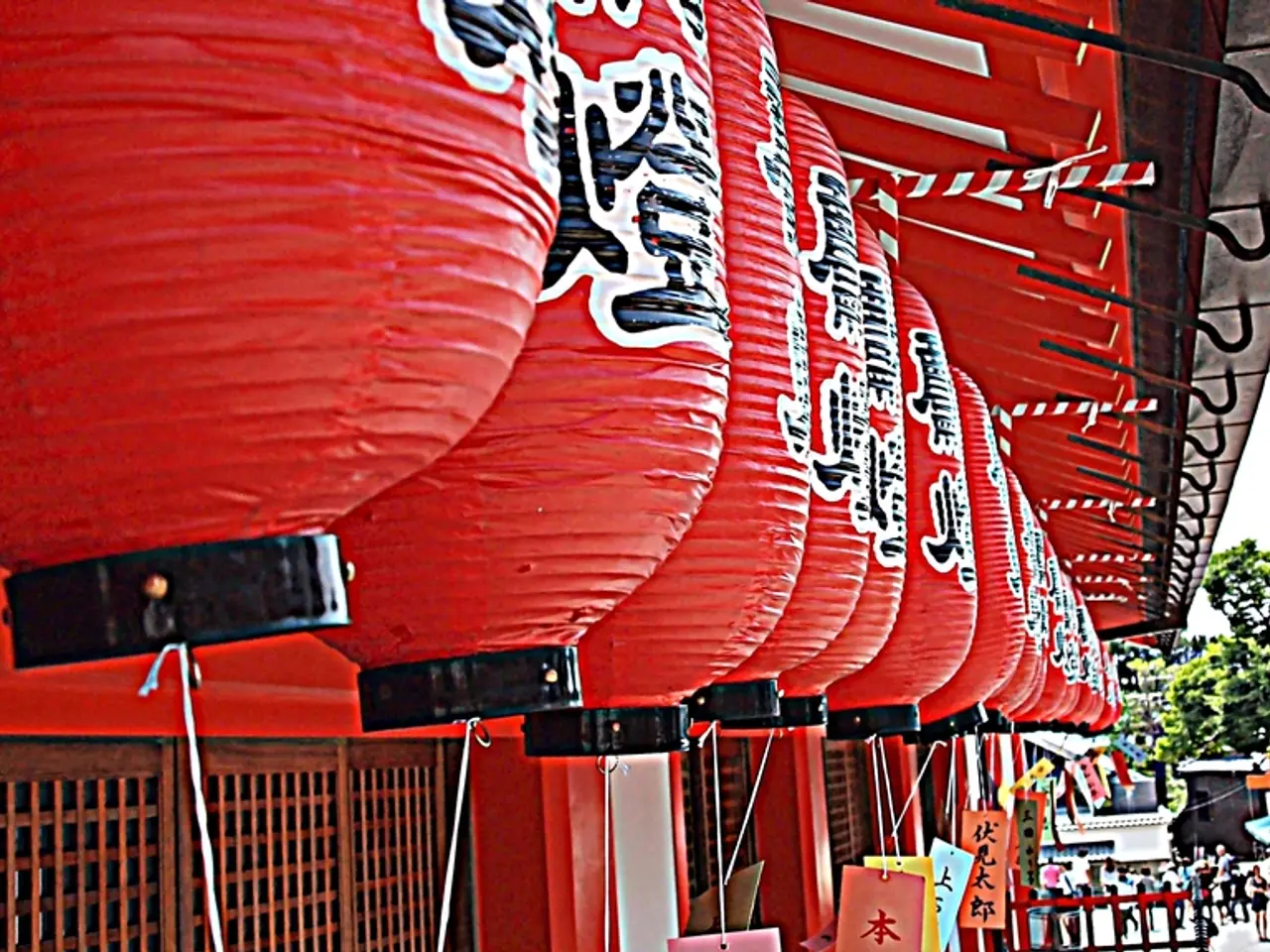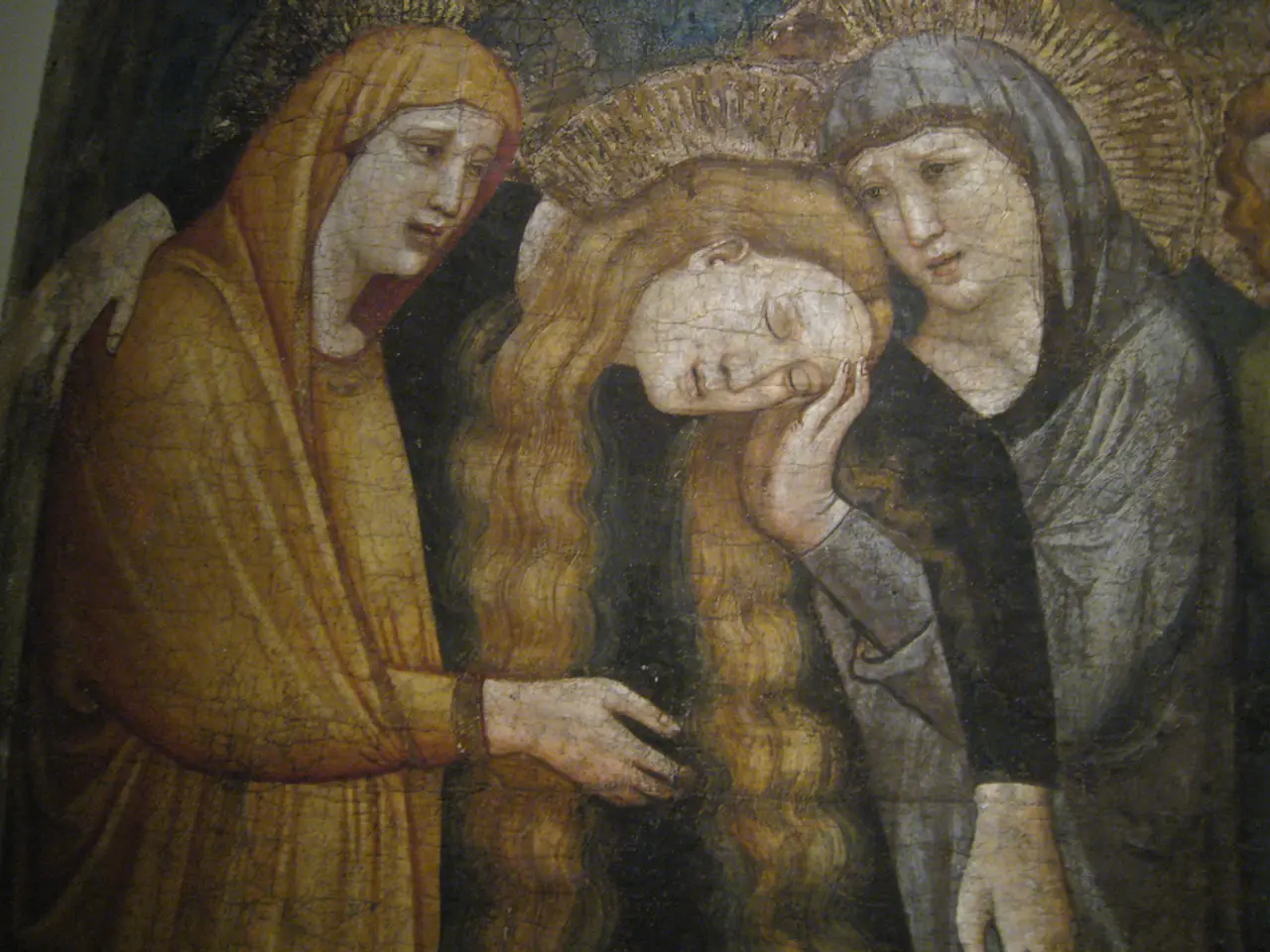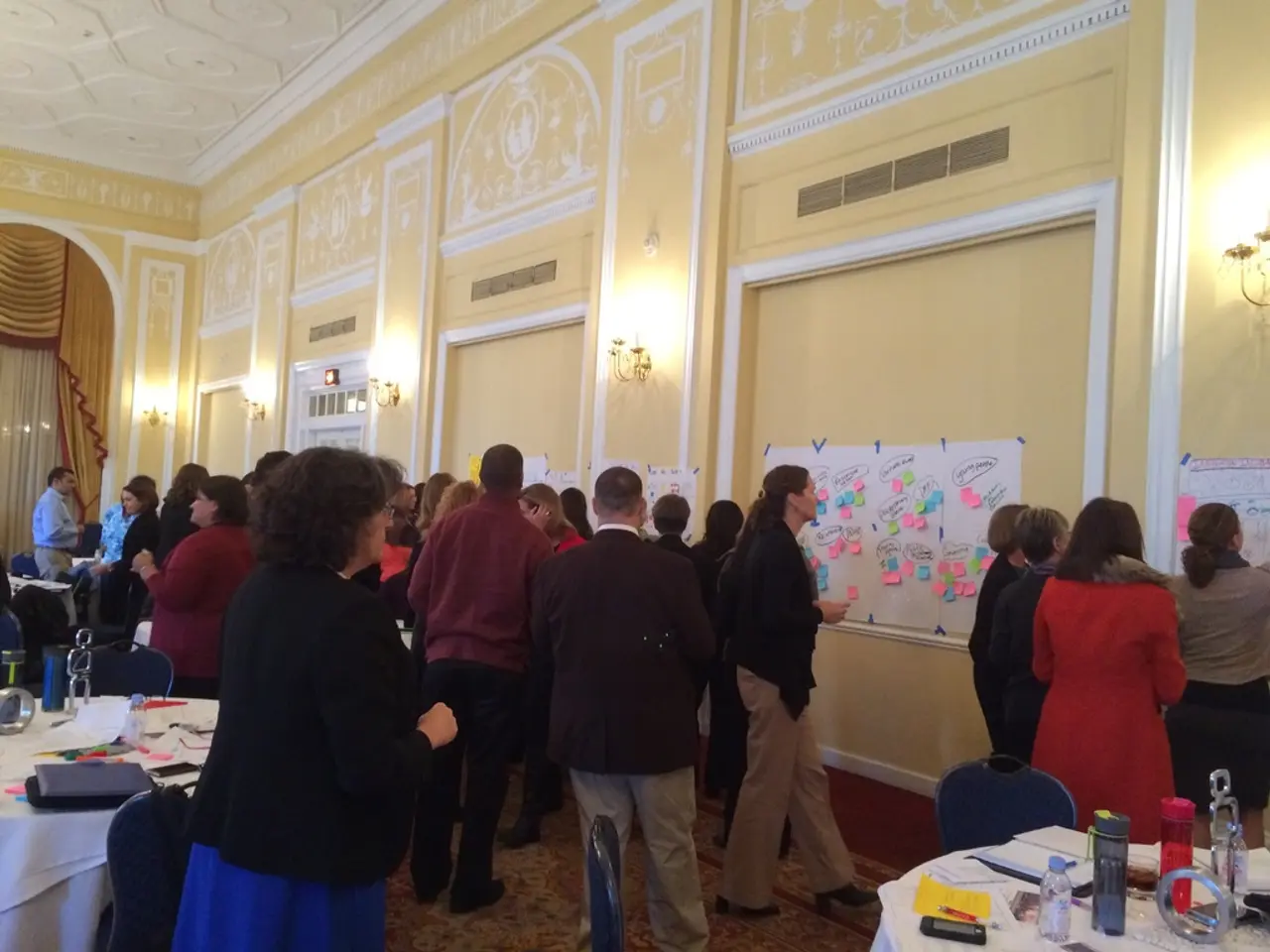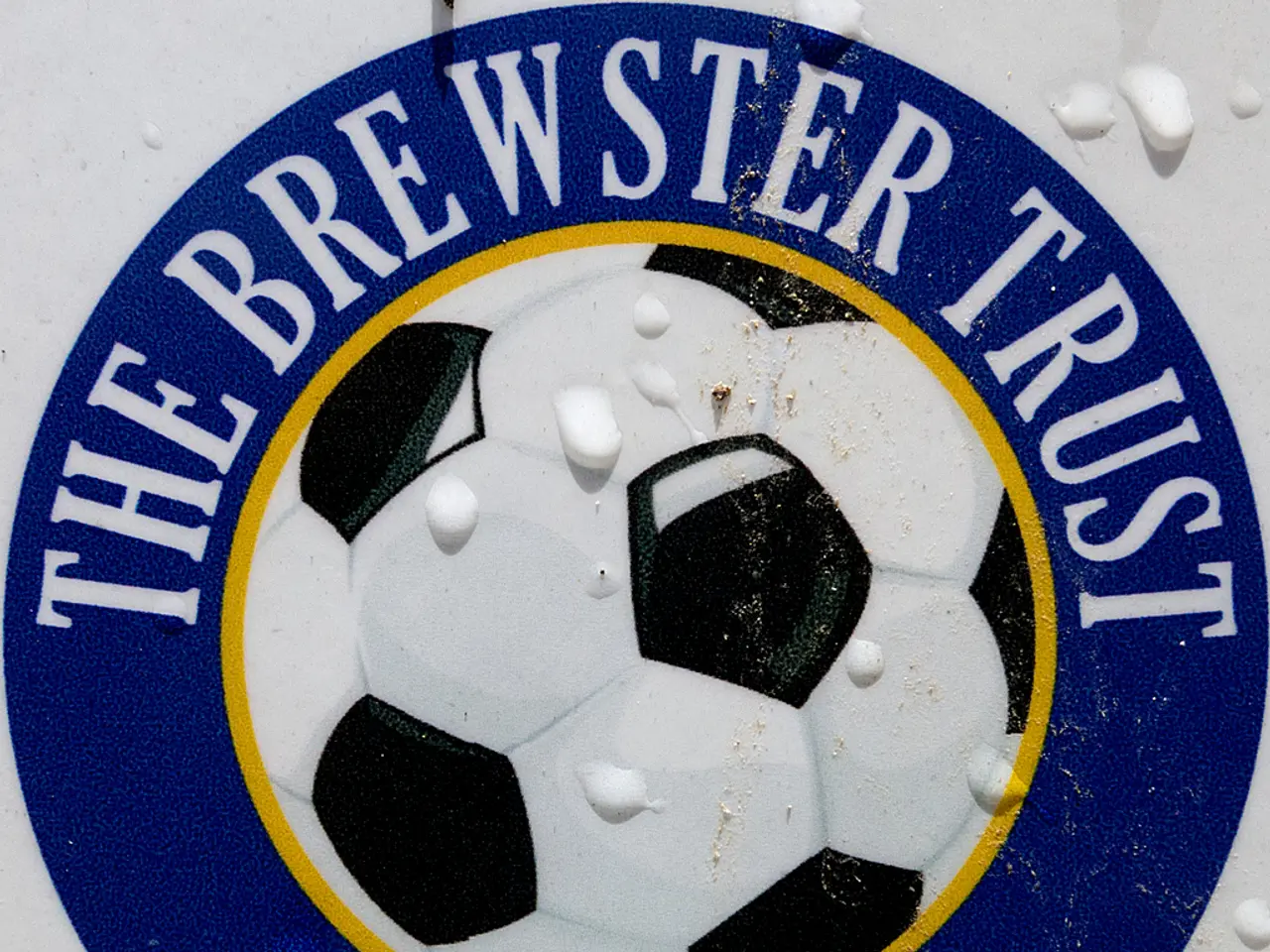Unveiling the Links Between Unidentified Flying Objects, Demonic Entities, and the Spooky Seasons of Halloween
Halloween, celebrated annually on October 31st, has a rich and intriguing history that connects it to paranormal and supernatural phenomena. This connection, rooted in humanity's fascination with the unknown, can be traced back to the ancient Celtic festival of Samhain.
Samhain, marking the end of the harvest season and the beginning of winter, was a time when the Celts believed that the boundary between the living and the dead became blurred. This belief, centred around ghosts, spirits, and demonic entities, is a testament to the liminal perceptions of the world that were central to Samhain.
As European ethnic groups and American Indians' beliefs and customs meshed, a distinctly American version of Halloween began to emerge. The tradition of trick-or-treating, for instance, probably dates back to the early All Souls' Day parades in England.
The festival of Samhain also blended with Christian traditions, leading to the development of modern Halloween. Medieval Europe viewed hauntings as omens or divine punishment, embedding supernatural fear into cultural consciousness. The Gothic literary tradition of the 18th and 19th centuries amplified these themes, popularizing haunted houses, ghost stories, and demonic entities as sources of horror.
In the 20th century, Halloween’s association with horror expanded through Hollywood slasher films (e.g., Halloween) and commercial haunted attractions, reinforcing the festival as a time to engage with fear, ghosts, and the supernatural.
Regarding UFOs, while not historically linked to Halloween or traditional supernatural beliefs, they entered the cultural conversation in the mid-20th century as new unexplained phenomena stirring public fascination with the paranormal and the unknown. Modern paranormal media often group UFOs with ghosts and demonic entities under the umbrella of unexplained or supernatural phenomena, reflecting a broader cultural interest in mysteries beyond scientific explanation.
In contemporary times, Halloween serves as a popular occasion to explore and dramatize these interconnected themes. Haunted houses, films, and themed events incorporate ghosts, demons, and occasionally alien motifs as entertainment, blending folklore with modern paranormal interests. Commercial haunted attractions popularize the imagery of haunted mansions, demonic entities, and even hybrid creatures, sometimes inspired by conspiracy theories or fringe beliefs involving satanic rituals and extraterrestrial encounters.
One notable figure who has expressed dismay at seeing Christians engage in Halloween festivities is John Ramirez, a former Satanist who has since become a pastor. Ramirez associates Halloween with darkness and evil, and argues that participating in the holiday equates to aligning with demonic forces. His personal history with the occult included a demonic wedding on Halloween and baptizing his daughter into the dark side. Some Christians have ceased celebrating Halloween due to Ramirez's warnings.
The video by 'Shield of the Son Productions' asserts that beings perceived as aliens are, in fact, interdimensional entities. This idea, while not widely accepted, further blurs the lines between UFOs, demonic entities, and the supernatural, reinforcing the idea that Halloween is a time to confront fear, mystery, and the supernatural.
In conclusion, the connection between paranormal/supernatural phenomena, UFOs, demonic entities, and Halloween is rooted in humanity’s long-standing fascination with the boundary between the known and the unknown. This has been historically articulated through folklore, religious beliefs, and Gothic literature, and continues today in popular culture and media that celebrate Halloween as a night to confront fear, mystery, and the supernatural.
- Despite John Ramirez's warnings, many Christians continue to engage in Halloween festivities, viewing it as an opportunity to explore and dramatize paranormal and supernatural themes.
- The idea of interdimensional entities, as presented in the video by 'Shield of the Son Productions', has stirred discussions about the relationship between UFOs and demonic entities, further blurring the lines between the supernatural and the unknown.
- In the realm of fashion-and-beauty and food-and-drink, Halloween offers a platform for people to experiment with unique, spooky styles, creating a distinct lifestyle during the holiday.
- The participation in sports and sports-betting events takes a back seat during Halloween as people are more interested in exploring the paranormal, supernatural, and unexplained phenomena.
- Halloween, being a celebration of the cultural fascination with the unexplained, is also a popular time for people to discuss extraterrestrial life and UAP sightings.
- As the boundaries between fiction and reality are challenged, some may even question the existence of their pets, considering the possibility of alien and supernatural influence.
- Educational institutions often use Halloween as a platform to introduce students to various supernatural phenomena, taking this opportunity to explore the history of ghosts, spirits, and demonic entities.
- The contemporary travel industry also capitalizes on the fascination with the paranormal, offering haunted tours and stays during Halloween for those seeking an adrenaline rush.
- Modern casino-and-gambling establishments also tap into the Halloween spirit, creating themed slots or games based on supernatural and paranormal themes, appealing to customers' interest in the unknown.
- The fall season, extending from Halloween to Thanksgiving, becomes a time for exploring the mysterious and the unexplained in popular media, consistent with the broader cultural interest in paranormal and supernatural phenomena.
- While some people may find discomfort in the association of Halloween with the supernatural, its enduring popularity throughout history testifies to humanity's ongoing fascination and curiosity about the unknown.




